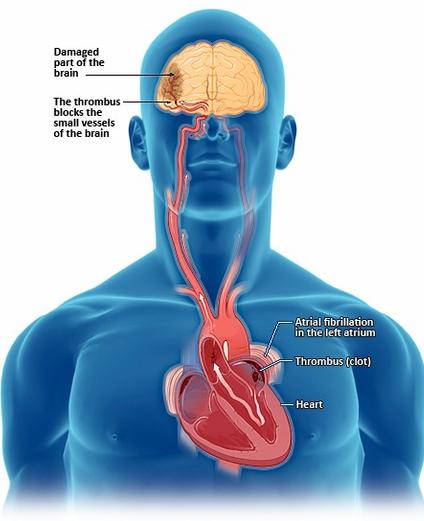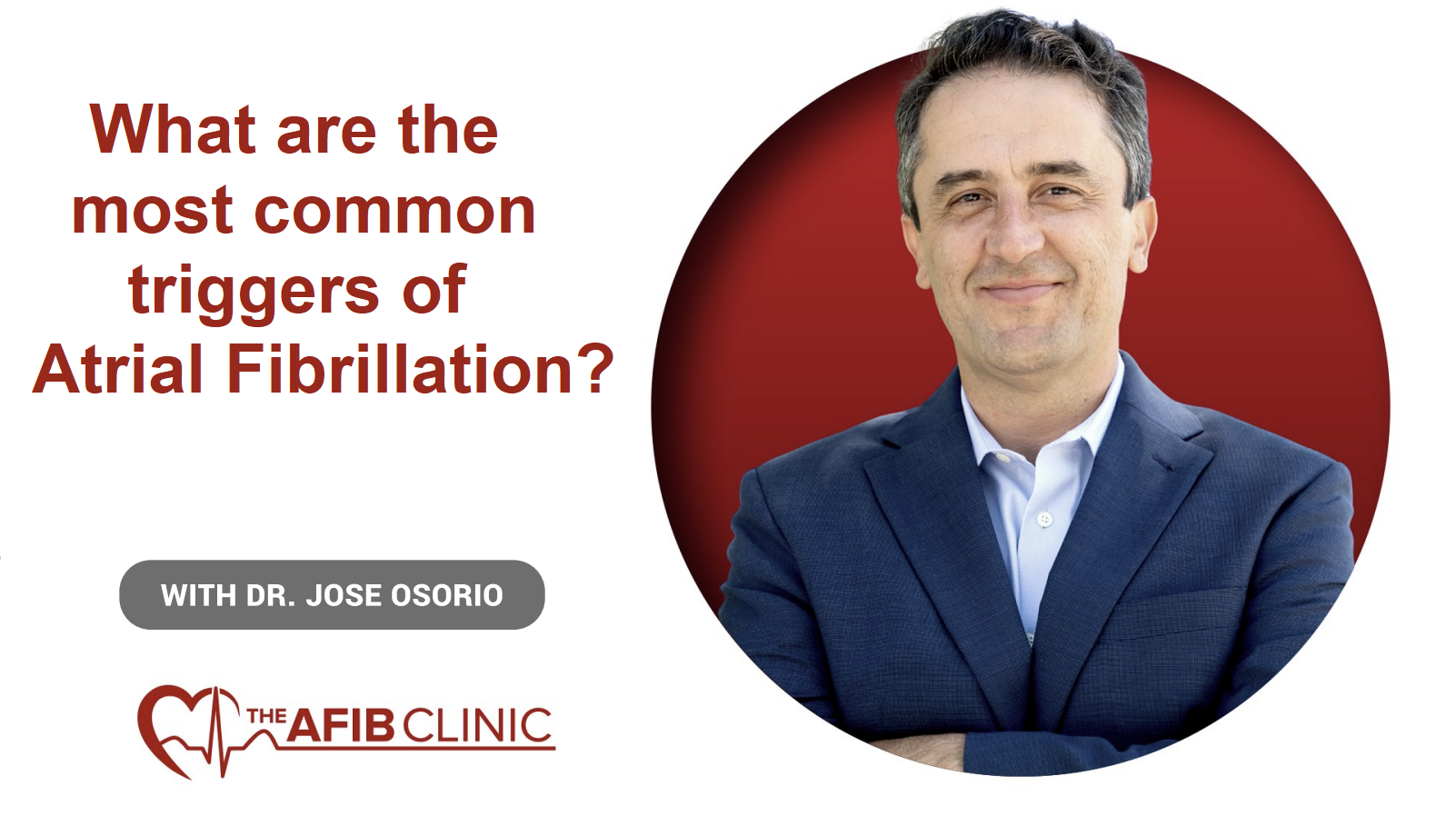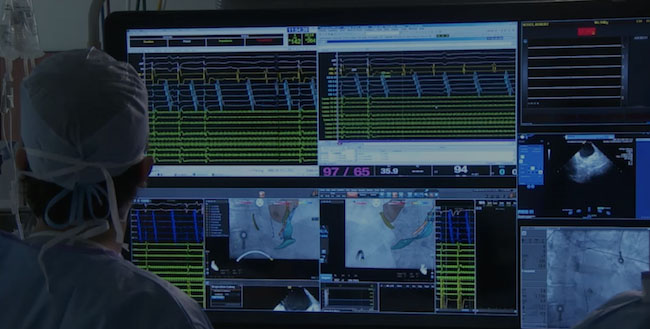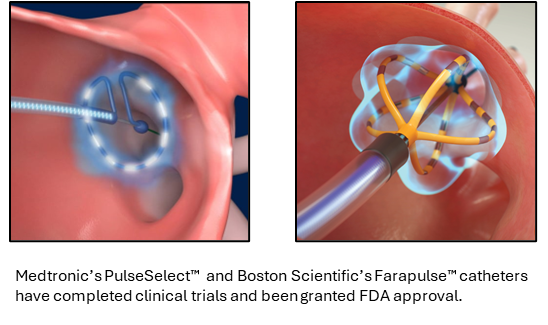Afib Ablation

Once a patient is diagnosed with atrial fibrillation (Afib) one of our first tasks is to classify what type of Afib they have.
- Paroxysmal Atrial Fibrillation:
- Episodes of atrial fibrillation that last minutes or hours but stop on their own.
- This is more commonly seen earlier in the disease process and for patients with fewer comorbidities such as hypertension or obesity
- Persistent Atrial Fibrillation:
- Episodes that last longer than seven days
- Typically the episodes persist until an intervention, such as a medication or a procedure, is made.
- Longstanding Persistent Atrial Fibrillation:
- Patients that have continuous AFib for longer than one year.
- Treatment will be more complex and with lower chances of reestablishing normal rhythm.
- Permanent Atrial Fibrillation:
- Patients in continuous AFib will no longer attempt to restore normal rhythm.
- For these patients, a joint decision (physician and patient) has been made to no longer use medications (anti-arrhythmic drugs) or procedures (cardioversion or ablation) to attempt to restore the rhythm. Typically we make this decision when we believe that the chances to restore normal rhythm are very low.
The progression of AFib and the different types discussed above highlight the importance of earlier identification and treatment of atrial fibrillation. To summarize, we have different types of AFib (paroxysmal, persistent, long-standing persistent, and permanent), and the earlier we identify and treat your condition the more likely it is that we can restore your quality of life and reduce your chances of having a stroke.
Dr Jose Osorio
Miami, FL
Read more about AFib:
AFib Ablation: Advanced Atrial Fibrillation Treatment in Miami | The AFib Clinic














